Cold Hardy Swiss Chard – Can Swiss Chard Grow In Winter
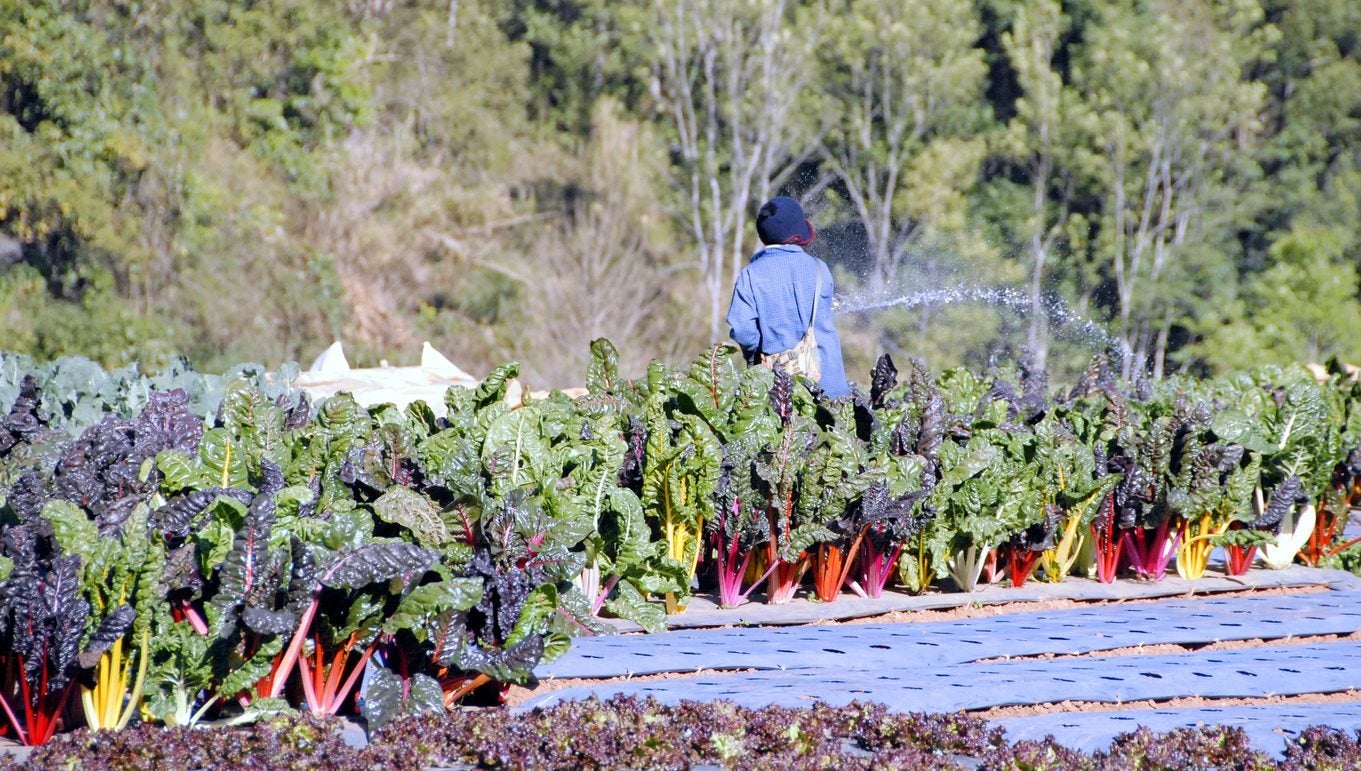
Swiss chard (Beta vulgaris var. cicla and Beta vulgaris var. flavescens), also known simply as chard, is a type of beet (Beta vulgaris) that does not produce edible roots but is bred for the tasty leaves. Chard leaves are a nutritious and versatile ingredient for your kitchen. Seed suppliers offer numerous white-stemmed and more colorful varieties of Swiss chard. Winter gardens are a great place to grow chard in climates where it does not get too cold. Read on for more information on caring for Swiss chard in winter.
Can Swiss Chard Grow in Winter?
Swiss chard not only grows well in the hot temperatures of summer, but it also tolerates frost. In fact, chard may actually taste better when it’s grown in cold weather. However, plants will be killed by temperatures below 15 degrees F. (-9 C.). That being said, there are two ways to include Swiss chard in winter gardens: First, you can plant cold-hardy Swiss chard in spring and again in late summer. The greens will be ready for harvesting about 55 days after planting seeds. Harvest older leaves first to allow smaller leaves to keep growing, and harvest frequently to encourage faster growth of the inner leaves. You can then enjoy a continuous harvest from 55 days after your first planting until several weeks after your region’s first frost date in the fall. Second, you can take advantage of Swiss chard’s biennial life cycle to get two years’ worth of harvests from one planting. A biennial is a plant that grows for two years before producing seed. If you live in a region where temperatures never drop below 15 degrees F. (-9 C.), overwintering Swiss chard is possible. Plant chard in the first spring and harvest leaves throughout the summer, then keep the chard plants in the garden all winter long. They will begin growing again the following spring, and you can enjoy early spring greens and a second summer’s worth of leaves. To maximize your chances of success, cut leaves at least 3 inches (8 cm.) above the ground during the first summer to ensure the plant can grow back. For spring planting, sow chard two to four weeks after the last frost: chard plants are frost tolerant only once they’re established. Chard “seeds,” like beet seeds, are actually small clusters containing several seeds. Plant seed clusters one to two inches (2.5-5 cm.) apart in 15 inch (38 cm.) rows, and thin to 6 to 12 inches (15-31 cm.) apart. Provide compost or a balanced fertilizer in mid to late summer.
Gardening tips, videos, info and more delivered right to your inbox!
Sign up for the Gardening Know How newsletter today and receive a free copy of our e-book "How to Grow Delicious Tomatoes".
Ilana Goldowitz Jimenez is a scientific and agricultural writer with a B.S. in Plant Sciences from Cornell University and a PhD in Chemical Biology and Infectious Disease from Harvard University.
-
 Looking For Plants To Give You The Soft And Fuzzies? Try These 5 Fuzzy Leaf Plant Options
Looking For Plants To Give You The Soft And Fuzzies? Try These 5 Fuzzy Leaf Plant OptionsLovers of texture, drama, silver foliage and tactile plants will adore these special sensory garden additions. These fuzzy leaf plant options will leave you all aglow
By Susan Albert
-
 Get Ready For A Summer Of Hummers! Grow These Full Sun Hummingbird Plants and Flowers
Get Ready For A Summer Of Hummers! Grow These Full Sun Hummingbird Plants and FlowersIf you’re lucky enough to enjoy a sunny backyard, make sure you are maxing out on your pollinator opportunities and grow these full sun hummingbird plants and flowers
By Tonya Barnett
-
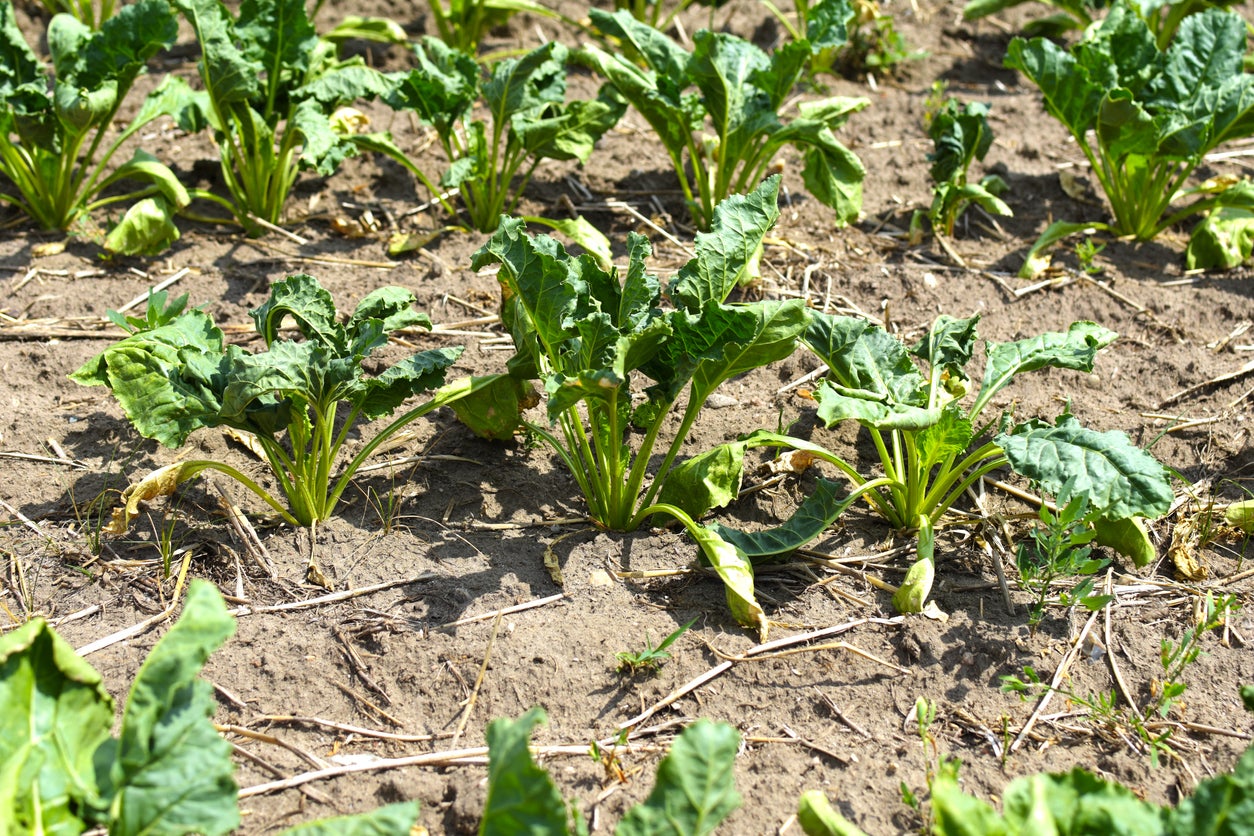 Wilting Swiss Chard Plants: Why Is My Swiss Chard Wilting
Wilting Swiss Chard Plants: Why Is My Swiss Chard WiltingSwiss chard is a great garden plant that's easy to grow and get a lot of success from, but like anything, it's not a guarantee. Sometimes you hit a snag, like wilting. Wilting is actually a really common problem, but it only has a few causes. Learn more here.
By Kristi Waterworth
-
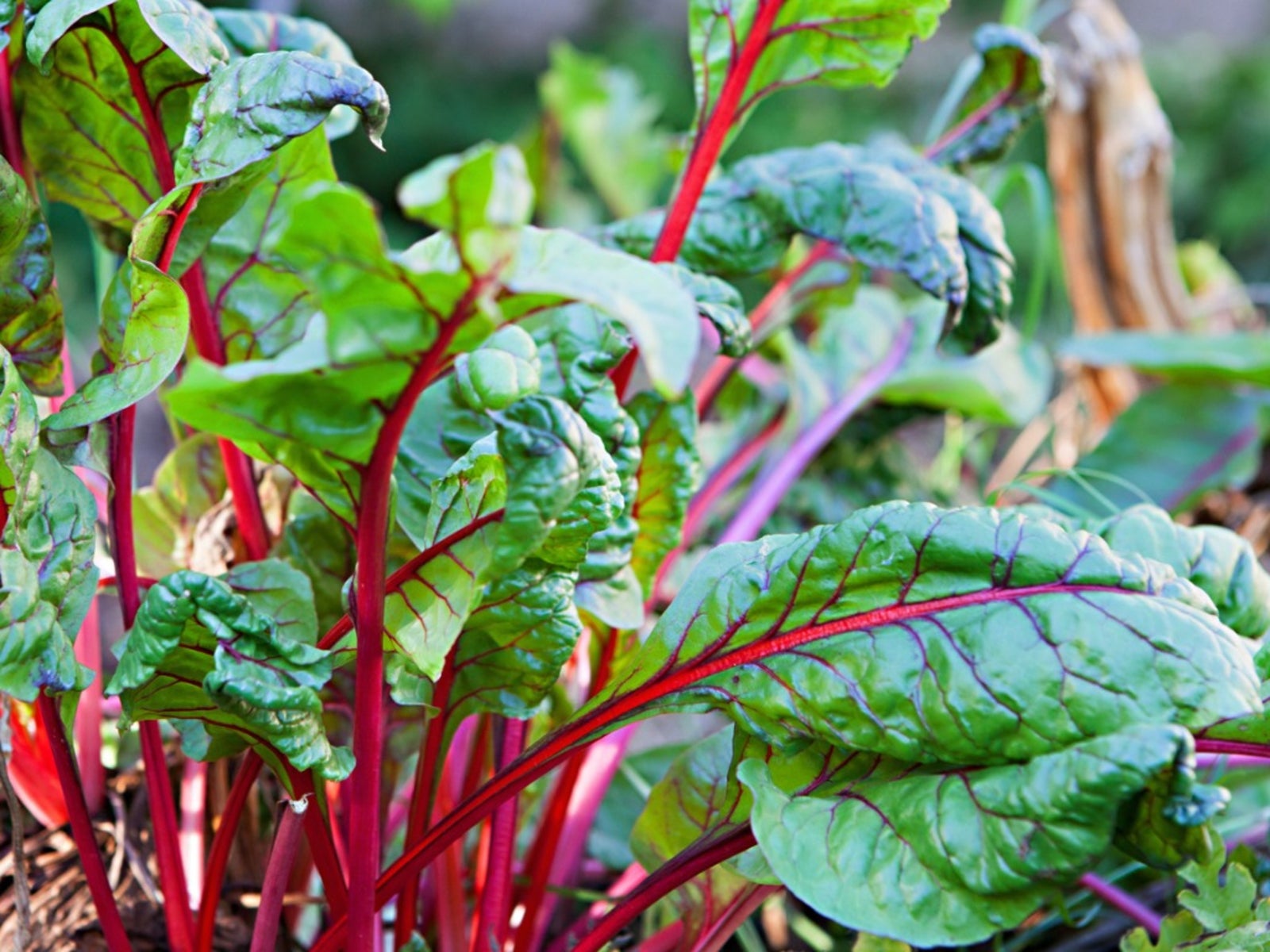 Why Did My Chard Bolt: What To Do With Bolted Chard Plants
Why Did My Chard Bolt: What To Do With Bolted Chard PlantsChard is a great addition to any vegetable garden. Not only is it pretty, but the leaves are tasty, versatile, and very good for you. Grown in the cooler seasons, chard typically won't bolt in summer. If you do have bolting chard plants, all is not lost. Learn more here.
By Mary Ellen Ellis
-
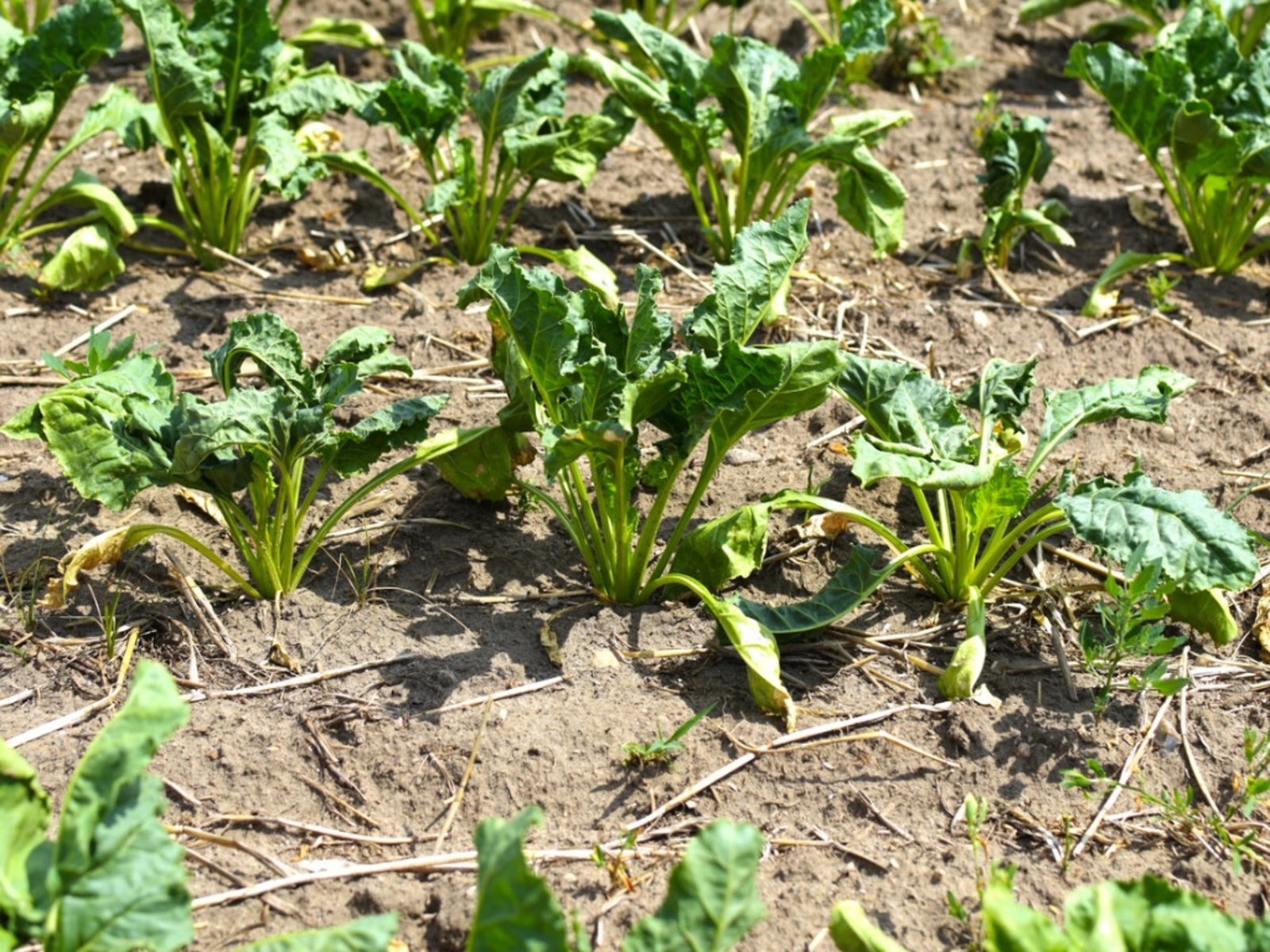 Sick Swiss Chard Plants: Identifying Signs Of Swiss Chard Disease
Sick Swiss Chard Plants: Identifying Signs Of Swiss Chard DiseaseSwiss chard diseases are not numerous, but just one of them can wipe out your crop for the year. But, if you know about these diseases and pests, you can take steps to prevent or treat them and save your harvest. Learn more in this article.
By Mary Ellen Ellis
-
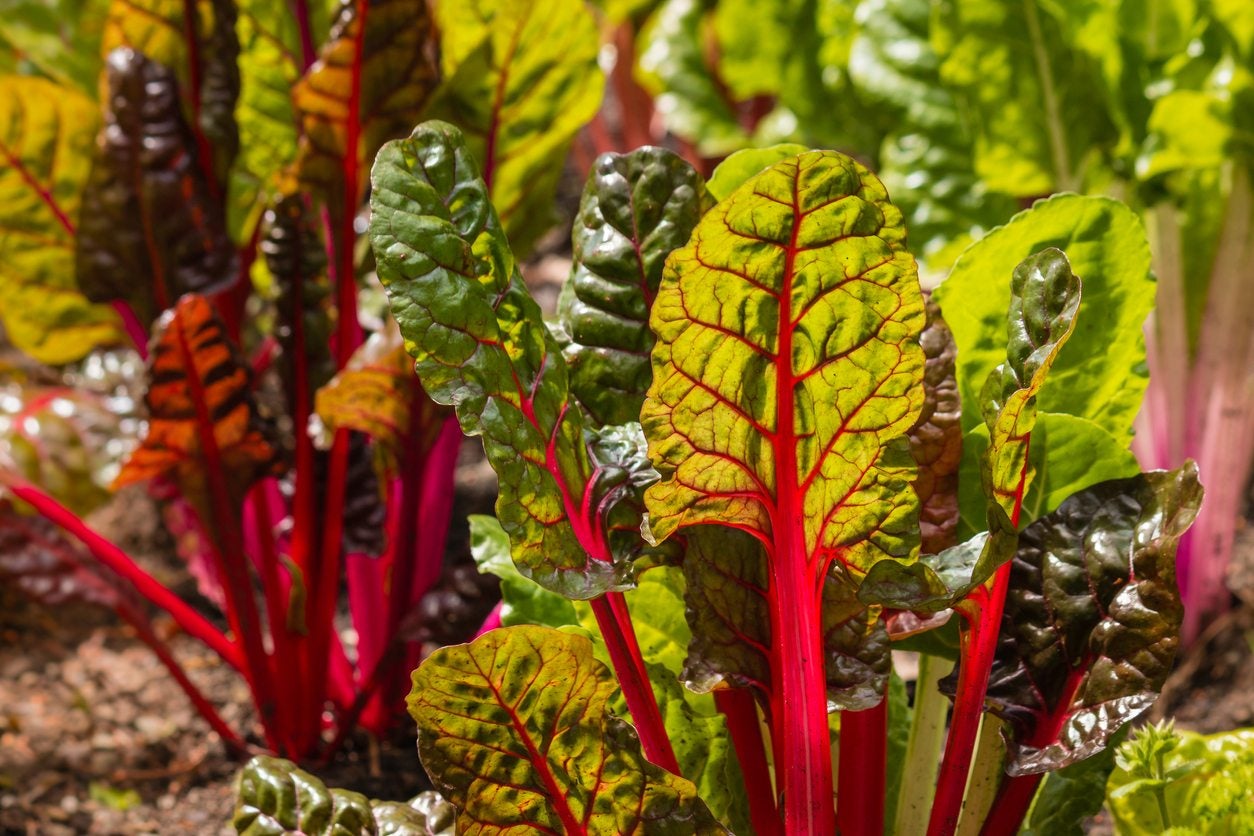 Swiss Chard Fall Planting: When To Plant Chard In Autumn
Swiss Chard Fall Planting: When To Plant Chard In AutumnGrowing Swiss chard in autumn allows you to get a final harvest since it is a cool season plant. In order to successfully get a harvest before the freezing weather comes, you have to know when to plant chard in autumn. This article will help with that.
By Bonnie L. Grant
-
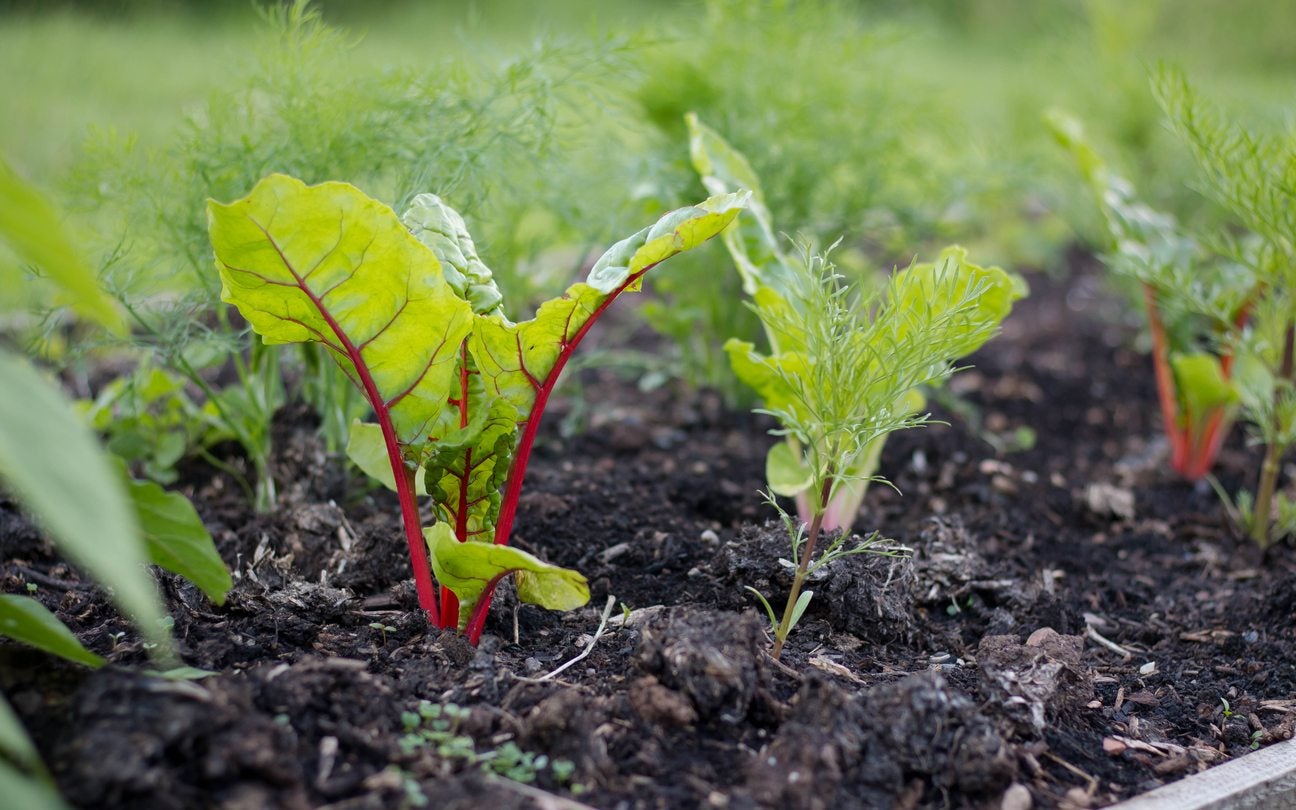 Swiss Chard Spring Planting: When To Plant Chard In Spring
Swiss Chard Spring Planting: When To Plant Chard In SpringSwiss chard can be planted early in spring or midsummer. Chard in summer can bolt and get bitter, though, so Swiss chard spring planting is one of the better times to sow and harvest this healthy, delicious plant. Learn more about spring planting chard here.
By Bonnie L. Grant
-
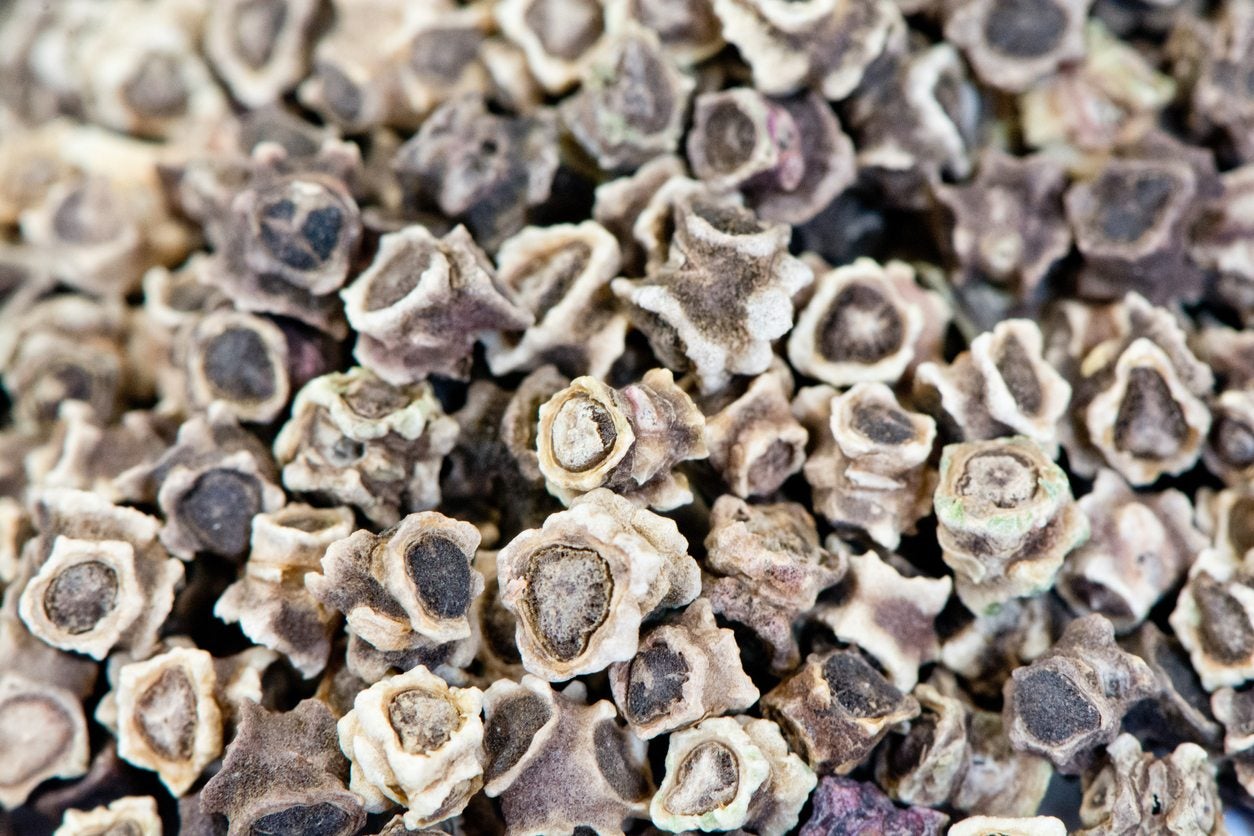 Swiss Chard Seed Care: How To Plant Swiss Chard Seeds
Swiss Chard Seed Care: How To Plant Swiss Chard SeedsChard can be started early in the spring and counted on not to bolt (usually) in the heat of summer. You can learn more about Swiss chard seed care and when to sow Swiss chard seeds in the article that follows. Click here for more information.
By Liz Baessler
-
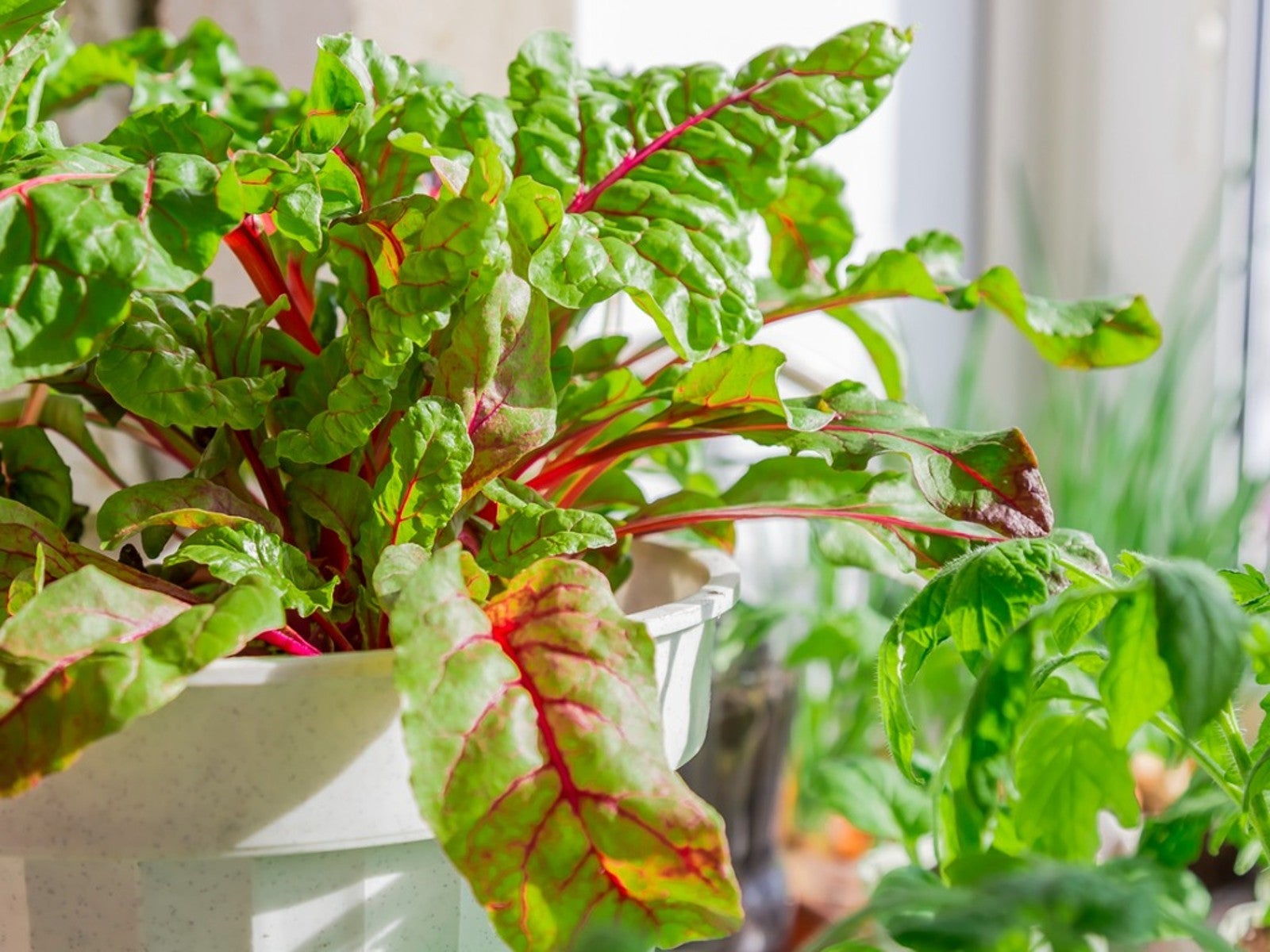 Swiss Chard Care In Pots – How To Grow Swiss Chard In Containers
Swiss Chard Care In Pots – How To Grow Swiss Chard In ContainersSwiss chard is not only delicious and nutritious but is also ornamental. As such, planting Swiss chard in containers does double duty; it provides a showy backdrop for other plants and flowers and makes for easy picking. Click here to find out how to grow Swiss chard in containers.
By Amy Grant
-
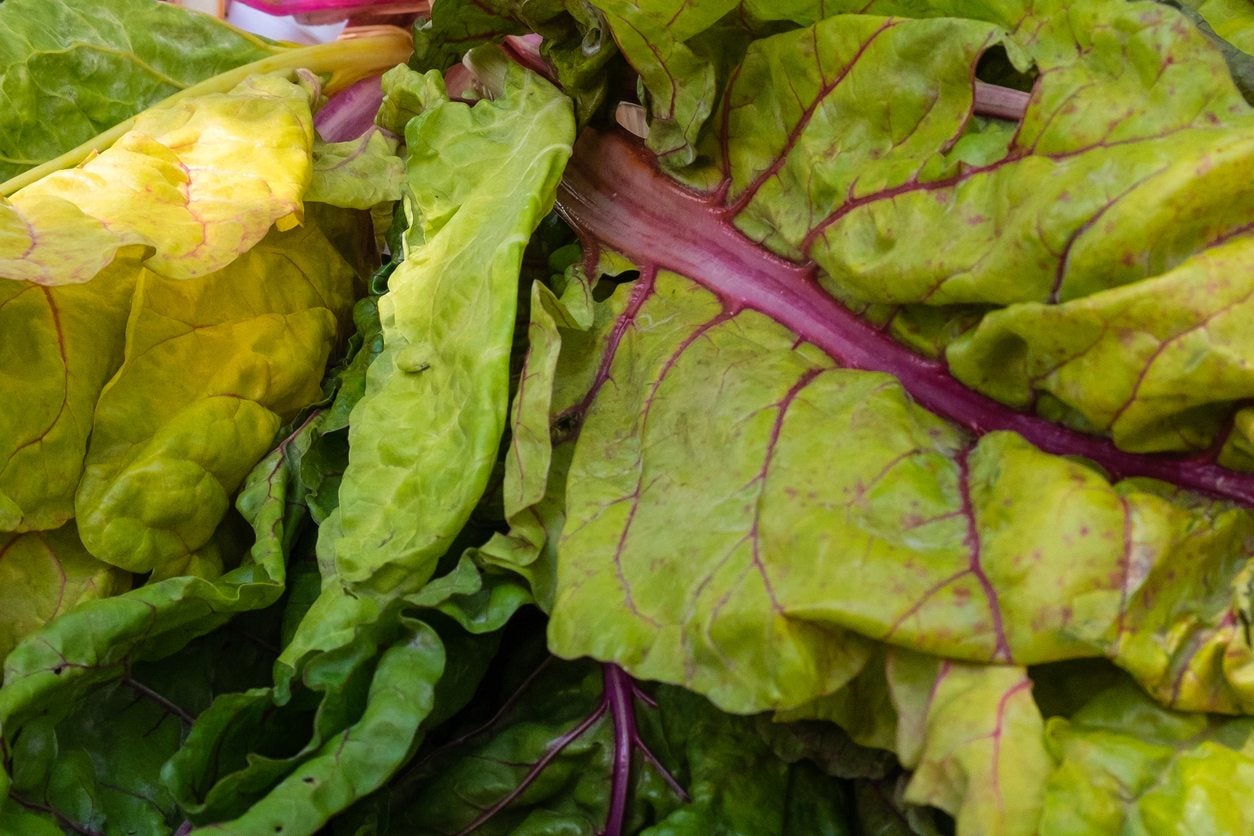 Trouble With Swiss Chard: Common Swiss Chard Diseases And Pests
Trouble With Swiss Chard: Common Swiss Chard Diseases And PestsSwiss chard is generally a trouble-free veggie, but this cousin to the beet plant can sometimes fall prey to certain pests and diseases. Click here to learn about common problems with Swiss chard, and explore solutions to save the plant.
By Mary H. Dyer